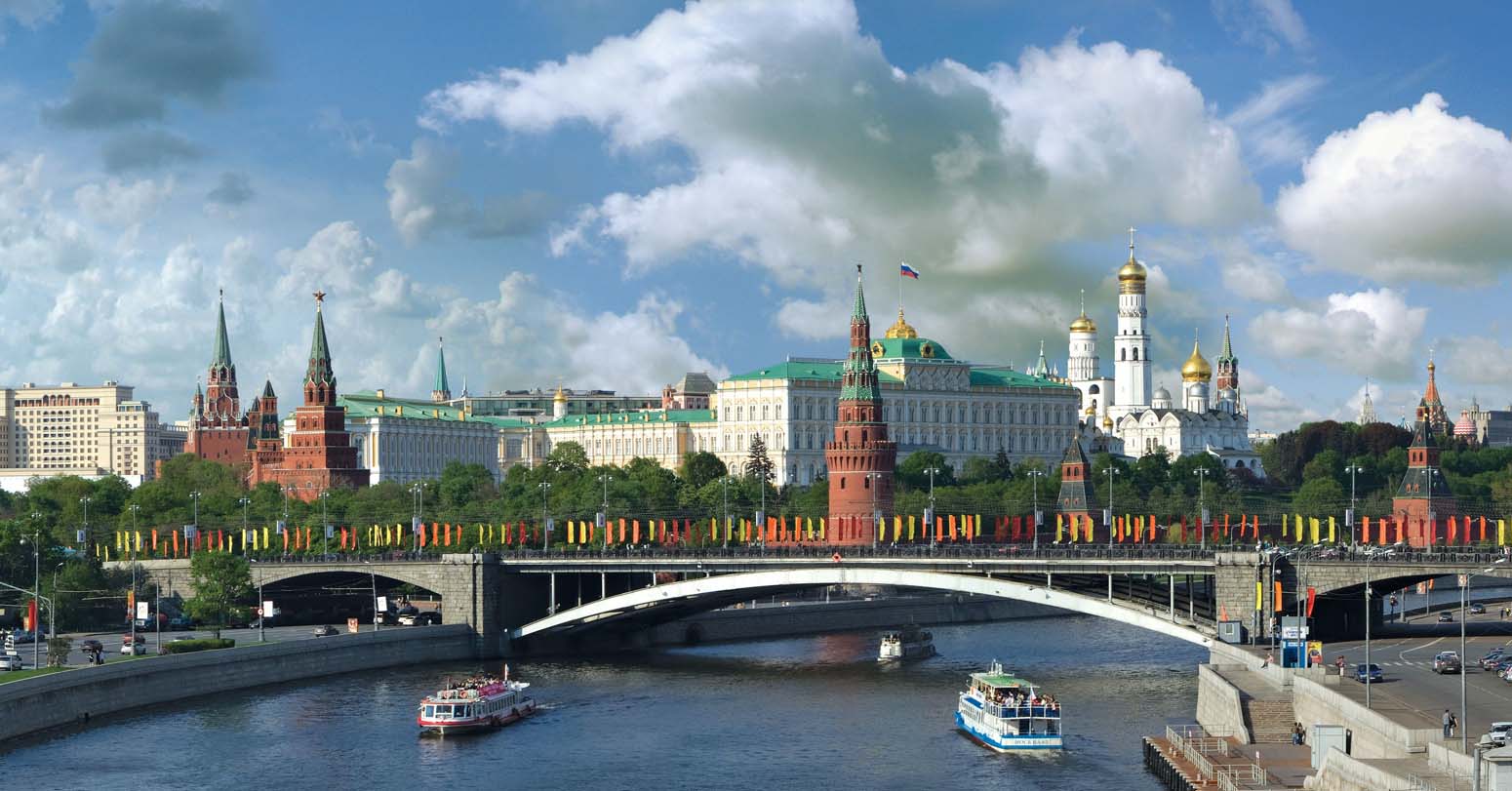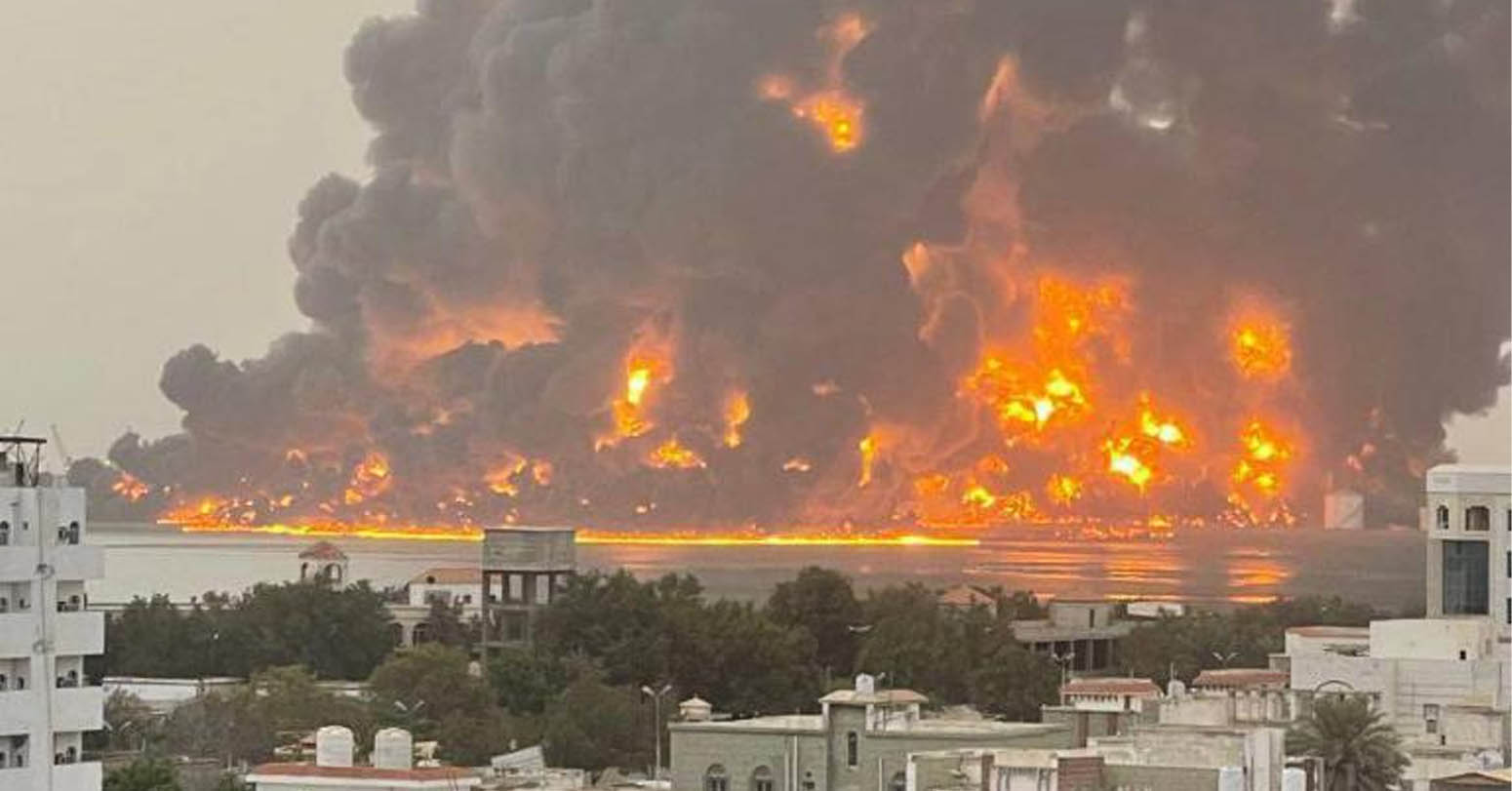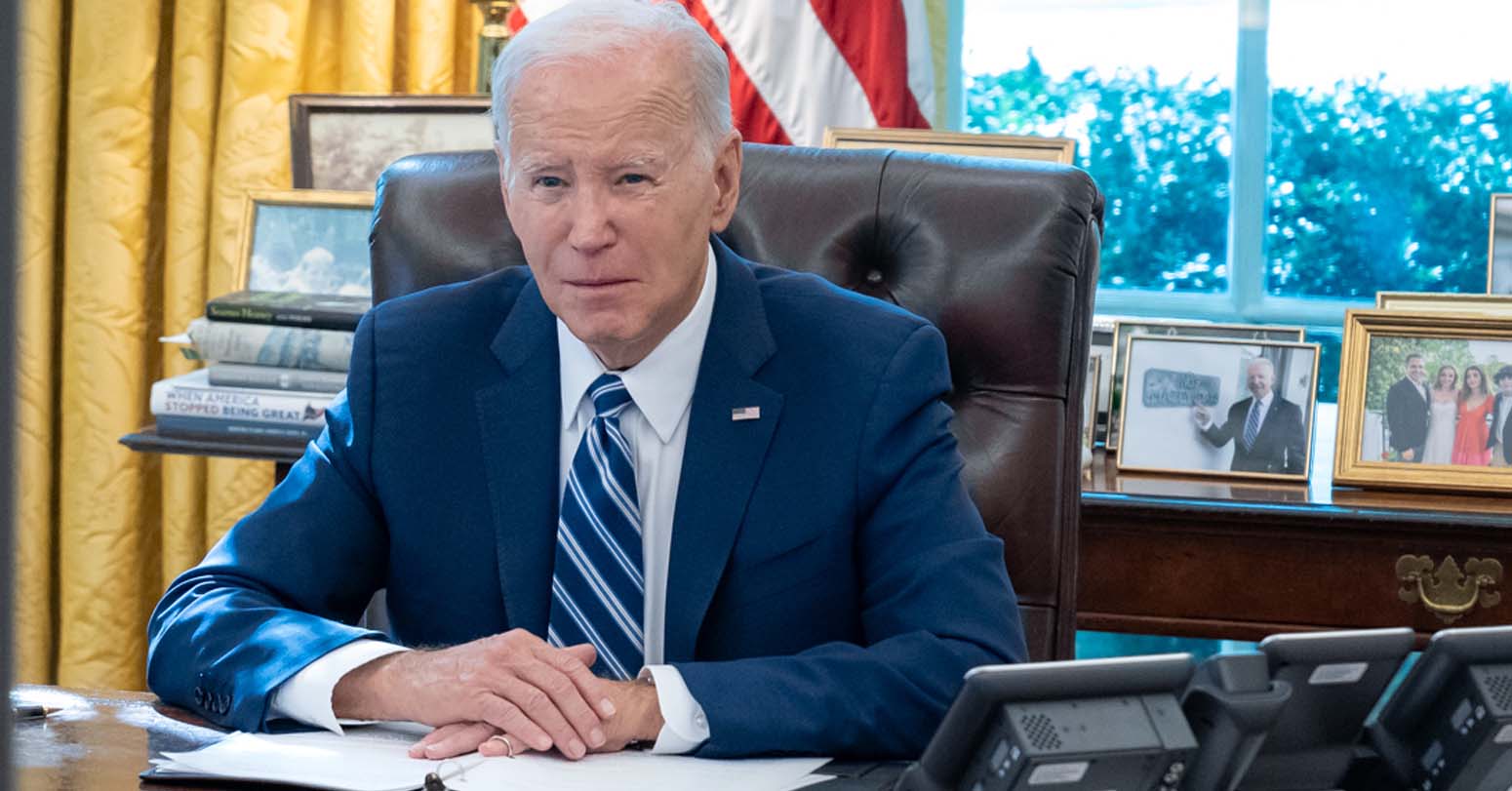Ukrainian military officials said Monday their troops have retaken another southeastern village from Russian forces, among the first — small — successes in stepped-up counteroffensive operations as the war drags on into its 16th month.
Western analysts and military officials have cautioned that an effort to rid Ukraine of entrenched, powerfully armed and skilled Russian troops could take years, and the success of any Ukrainian counteroffensive is far from certain.
Recent fighting on the western edge of a 1,000-kilometer (600-mile) front line has been complicated by a dam breach that sent floodwaters through a part of the Dnieper River separating the two sides.
Deputy Defense Minister Hanna Maliar wrote Monday on the Telegram app that Ukraine’s flag was again flying over the village of Storozhov, in the eastern Donetsk region. A day earlier, Ukrainian officials said their troops had taken three other small villages nearby — Blahodatne, Makarivka and Neskuchne — south of the town of Velyka Novosilka.
Vladimir Rogov, an official with the Moscow-appointed administration of the Zaporizhzhia region at the west end of the front line, said “heavy battles are raging” in the area on Monday, involving Russian artillery, mortars and air power.
The small villages — Blahodatne, for example, had a pre-invasion population of about 1,000 people — are part of an area where the Russian front lines jut out into territory held by Ukraine. While just a few kilometers (more than 1 mile) deep, the protrusion has become one of several epicenters of intense fighting in recent days along the front line that cuts across southern and eastern Ukraine.
Despite their small size, capturing the villages is an incursion into the first line of Russian defenses and could allow Ukrainian forces to try a deeper thrust into occupied areas. Russian forces control land totaling about one-fifth of Ukraine’s total territory — though that’s far less than they held before blistering Ukrainian counteroffensives last year that retook the northern city of Kharkiv and southern city of Kherson, among other places.
On Saturday, Ukrainian President Volodymyr Zelenskyy said “counteroffensive, defensive actions are taking place” without specifying whether it was an all-out counteroffensive, which has been expected after a vast infusion of Western firepower and air defense systems into Ukraine. A day earlier, Russian President Vladimir Putin asserted that the counteroffensive had started and Ukrainian forces were taking “significant losses.”
Ukrainian forces have focused on several patches in recent days, including the Zaporizhzhia region and near the devastated Donetsk city of Bakhmut.
Russian authorities have said their troops have largely held their ground, and have not confirmed a Russian retreat from the three villages.
But Semyon Pegov, a prominent Russian military blogger who goes under the nickname WarGonzo, acknowledged Russian troops had withdrawn from Blahodatne, Neskuchne and Makarivka, and said Ukrainian forces were trying to push forward along the banks of the Mokri Yaly river on Monday.
Alexandet Kots, military correspondent for Russian daily Komsomolskaya Pravda, said Ukrainian forces were attempting to advance, despite heavy losses, toward the town of Staromlinovka, which sits on a strategic highway leading to the key city of Mariupol. Russian forces captured the Azov Sea port city over a year ago, after Ukrainian forces held out for several months in a grueling and desperate defense.
Separately Monday, the Ukrainian Defense Ministry said least four civilians were killed and 16 others have been wounded by Russian shelling over the last 24 hours.
In Donetsk, Russian shelling hit nine towns and villages and left one civilian killed and two others wounded. Donetsk Gov. Pavlo Kyrylenko posted images of apartment buildings and a cultural center damaged by Russian strikes in the town of Avdiivka.
In Kharkiv, to the north, Russian forces pummeled several settlements with artillery, mortar and rocket fire, injuring at least three people, regional state administration chief Oleh Synehubov wrote on Telegram.
The reported Ukrainian advance comes as authorities on both sides of the front line pressed on with rescue and relocation efforts for civilians in the Kherson region driven from their homes by flooding from the breach of the Kakhovka dam last week.
With many homes and shops under polluted river water, the U.N. and other aid groups say access to fresh drinking water is a crucial need and the possible spread of water-borne disease a big risk. Thousands of people have been evacuated, though some remain.
Kherson Gov. Oleksandr Prokudin said Monday that water levels have been receding, now averaging about 3 meters (nearly 10 feet) higher than normal — down from about 5 meters at the peak level last week. More than 32 towns and villages remain flooded, he said, and Russian forces have continued shelling inundated areas held by Ukraine on the river’s western bank.
On Sunday, Prokudin said three people were killed when Moscow’s troops opened fire on a boat evacuating people from Russian-occupied areas toward Ukrainian-held ones.
Late Sunday, Zelenskyy said envoys from the International Criminal Court have visited the region to investigate the disaster, which has driven thousands from their homes, and left at least 14 people dead.
“It is very important that the representatives of international justice have seen the consequences of this Russian act of terrorism with their own eyes and heard for themselves that Russian terror continues,” Zelenskyy said.
Ukrainian authorities have accused Russian forces, which controlled the area around the dam, of deliberately destroying it. Russian officials have blamed Ukrainian shelling for its destruction.
-AP















Comprehensive Data Protection Law Critically
Gender Differences In Mental Healthcare
Messi Wins Best FIFA Men’s
Erosion of Democracy
Fly Dubai Catches Fire in
“Complexities of the South Asian